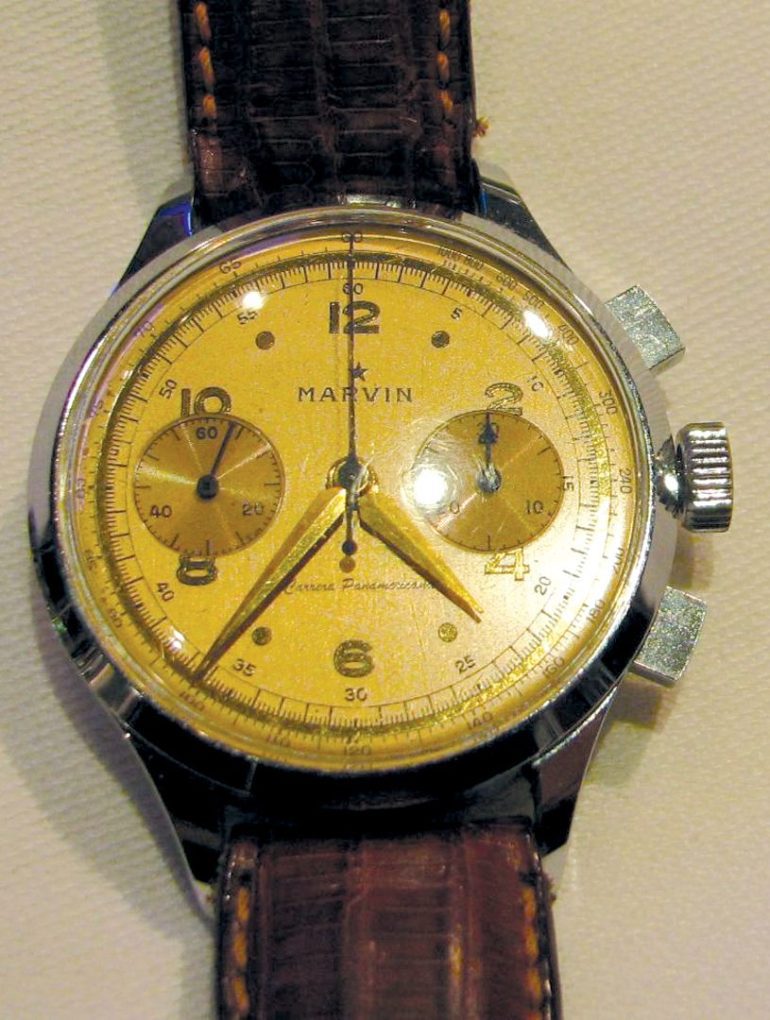Many car enthusiasts appreciate and collect fine watches. This should not be surprising as it mirrors their passion for both finer things and mechanical pieces. I have noticed this trend over the last 19 years as a purveyor of fine automotive memorabilia in Toronto. I cannot tell you how many stainless-steel Rolex Daytonas I have seen; this seems to be the unofficial “car guy’s watch.” Many horological companies have sponsored drivers and teams and others have set up corporate ties with manufacturers. Some examples include Franck Mueller (McLaren F1 GTR), Breitling (Bentley), Tag Heuer (Jacky Ickx, Ayrton Senna, Lewis Hamilton), and Omega (Michael Schumacher). Chopard is the official sponsor of the Mille Miglia and the California Mille. Tag Heuer is linked with the McLaren Formula One team. If you drive an Aston Martin, there is a good chance you own a Jaeger LeCoultre, and if you have a Ferrari in your stable, I would guess you have a Girard-Perregaux or Panerai in your collection.
As both a watch and car collector, I often catch myself glancing at the wrists of fellow car enthusiasts. Having just come back from Pebble Beach, I can tell you that not only did I see some of the finest and most beautiful cars in the world, but I also saw some incredible timepieces.
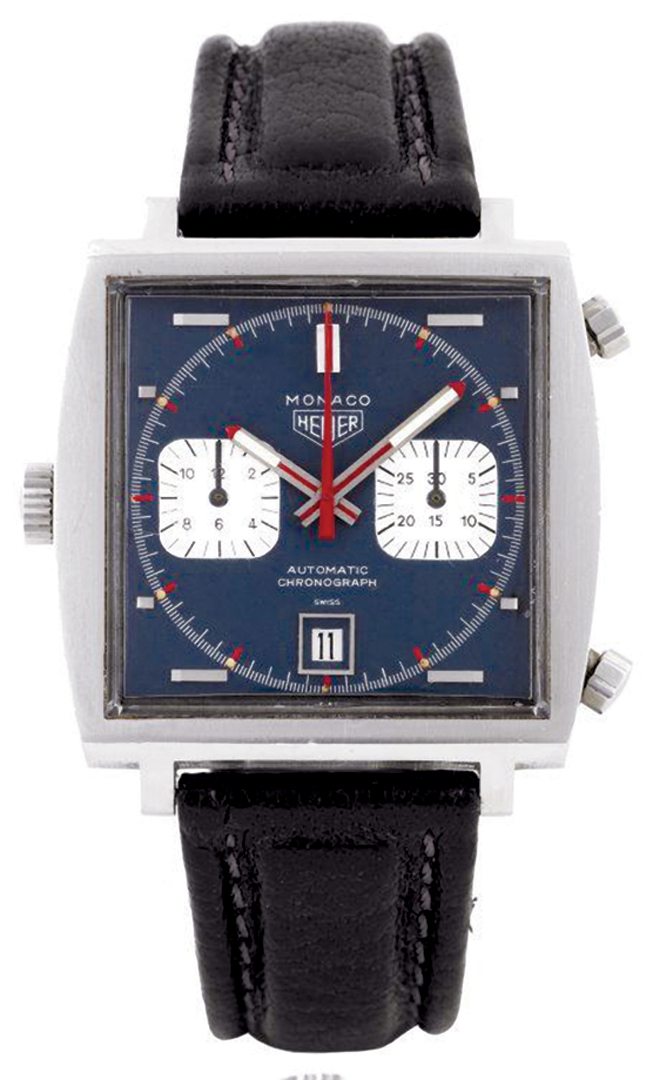
Recently, the holy grail of all automotive collector watches—the (TAG) Heuer “Monaco” owned by Steve McQueen and worn by him during the filming of the 1971 movie Le Mans sold for US$87,600. Consider that a similar period Monaco watch is only worth a few thousand, and you can understand what the car/celebrity component is valued at.
As with real cars, a watch’s provenance is paramount to its value. There is a difference however. A Ferrari 250GT SWB is an expensive car, regardless of race history. But this car becomes even more valuable and desirable if it competed at Le Mans in the early 1960s. On the contrary, many vintage car watches do not have much of an intrinsic value outside of the car world. For example, Zenith made many watches in the 1950s for Ferrari. They were essentially pulled from the range and had added Cavallinos on their faces. Without the little horse or added rear engraving, they are worth $500-$1000 to watch collectors. But find one with the horse, and you will pony up several times this amount if you are a car enthusiast.
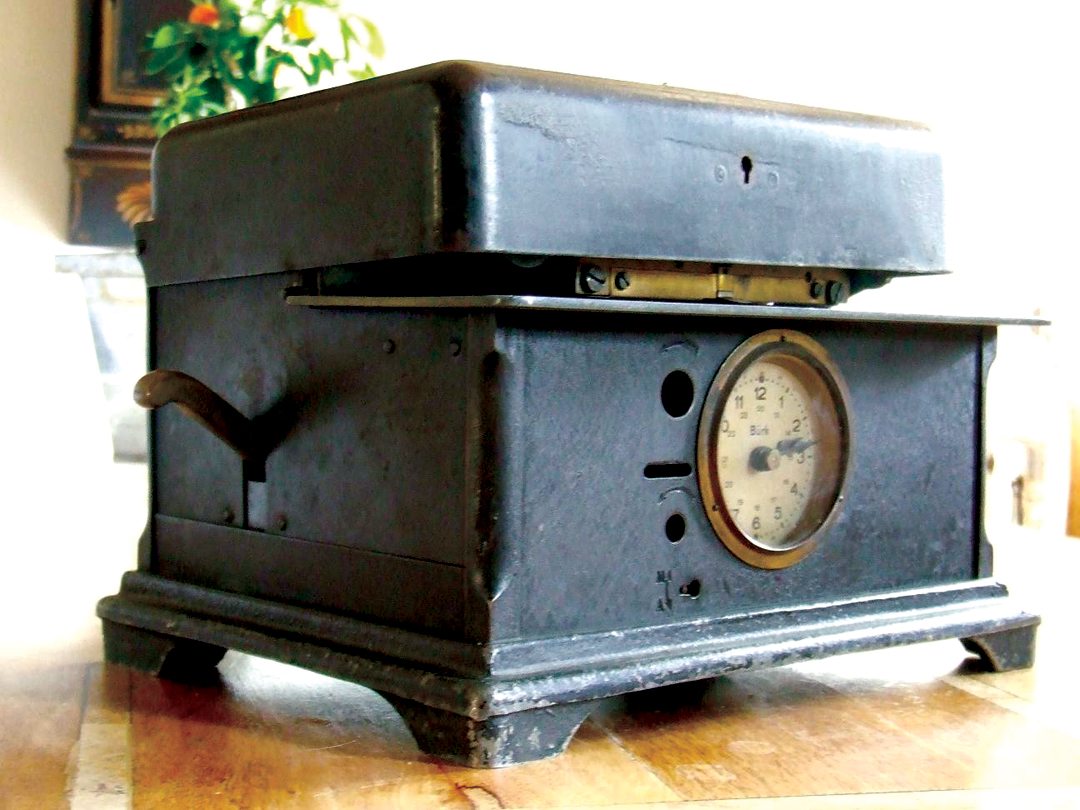
Some time ago I found a vintage Burk time clock from the 1920s. However, it was no ordinary time clock. It had a Scuderia Ferrari horse atop the brass nameplate, and a serial number. It was actually the time clock used by Enzo Ferrari and his Scuderia Ferrari employees to “punch in” when they came to work back in the Alfa Romeo days. All of a sudden a $500 item became something worth tens of thousands of dollars. It was quite historically significant and a thrill to own.
I once received a call from an Italian whose father worked at the Ferrari factory for many years. He told me that he had a watch that was given to Luigi Villoresi in the 1950s. It was inscribed to “Ciccio” but that name did not mean much to him. I was quite excited knowing that this was Alberto Ascari’s nickname! The back was inscribed “A Ciccio campione in pista e nella vita con amiciria Gigi Villoresi 25 dicembre 1953.” It was a Christmas gift from Luigi Villoresi in 1953 to his friend and teammate Alberto “Ciccio” Ascari, who won the championship in the 500F2.
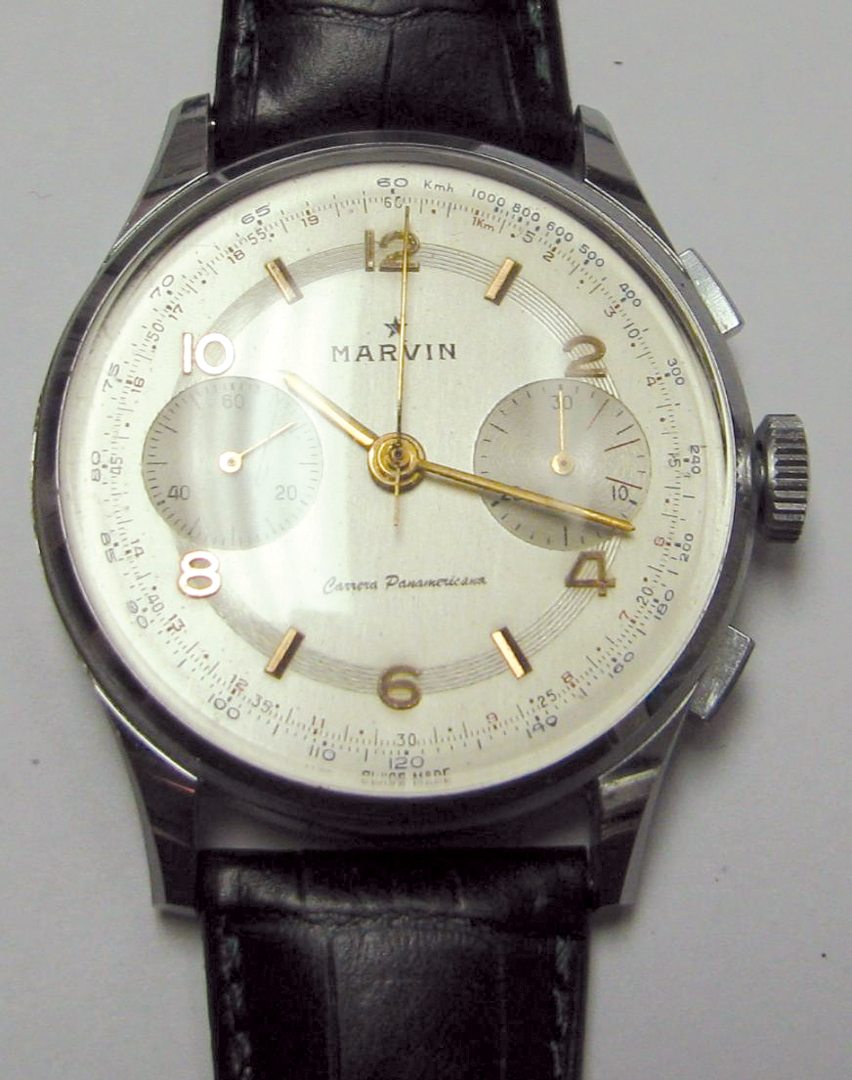
Watches are not only rebranded with marque logos, they are often inscribed and attributed to specific events. I have several Marvin watches that were made as gifts for Carrera Panamericana drivers. One was given in 1951 to the Alberto Ascari/Luigi Villoresi team who drove Ferrari 212 Inter Vignale #0161EL. The other was a gift from Mario Ricci to Umberto Maglioli for driving Ferrari 375MM #0358 and #0320AM at the 1953 Carrera. Again, these watches are not collectible in themselves, other than the fact that they bear the Carrera Panamericana logos and have been inscribed at the back.
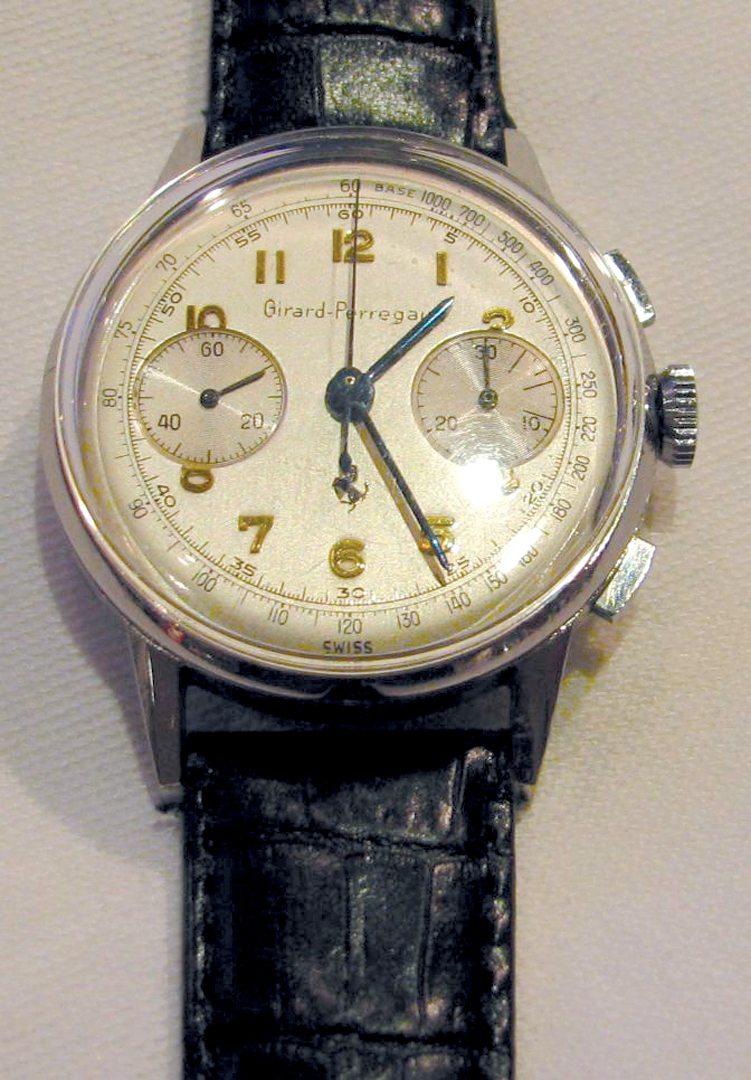
Another neat watch was a Girard-Perregaux made in 1956 for Vittorio Jano. This special timepiece was given as a 65th birthday gift to the engine designer by Lancia-Ferrari D50 driver Eugenio Castelotti. The rear of the case was inscribed “Per Vittorio Jano maestro di tecnica e di vita Eugenio Castelotti 22 April 1956.” This was a great piece of history for anyone that is a fan of Alfa Romeo, Lancia, or Ferrari. A similar watch was given by Juan Manuel Fangio to his head engineer, only it was a Vetta. Vettas were distributed by Cuervo Y Sobrinos in Havana and, as such, it was easier than usual to legitimize the story behind this watch. Those who followed Fangio’s history know he spent quite a bit of time in Cuba—even though he was taken “hostage” there in 1958.
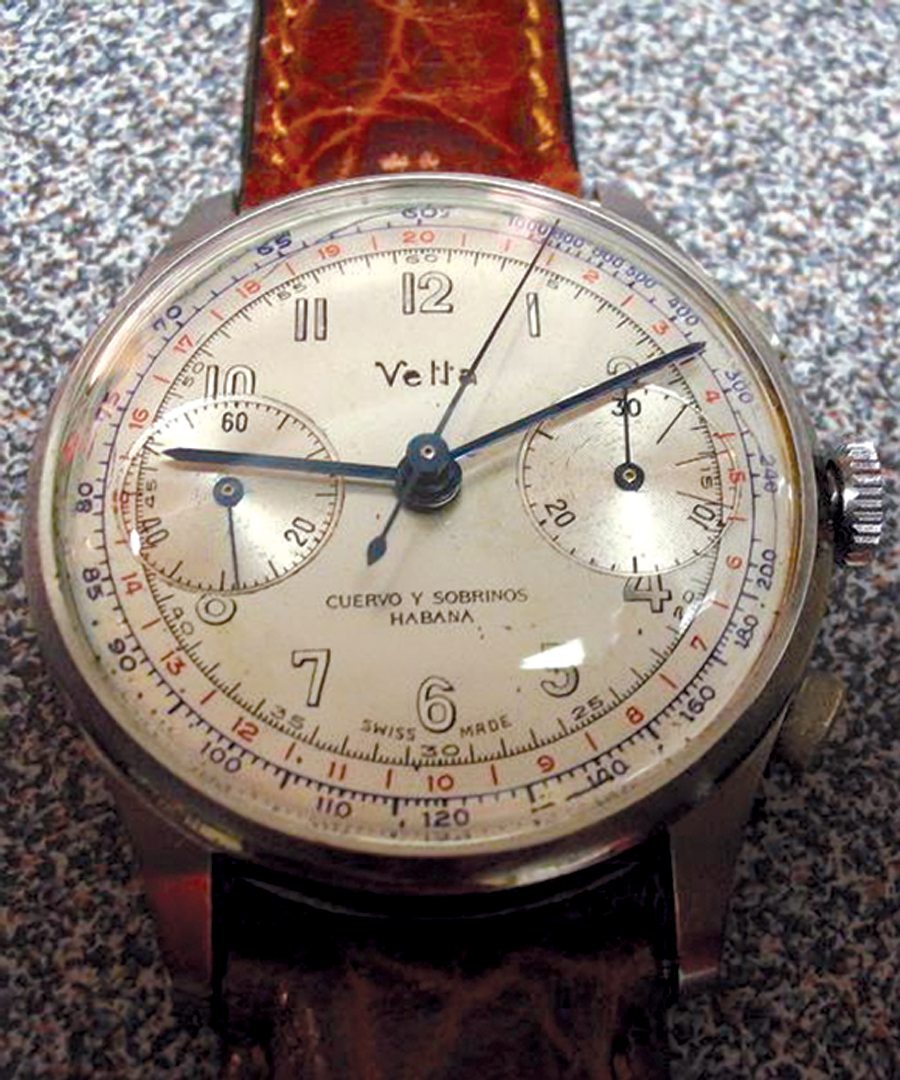
Watches, like cars, often tell more than time. They relay a story and often encapsulate one moment in history. For this reason, we covet particular ones and enjoy collecting them as we do cars. Enzo Ferrari is one of many marque owners who enjoyed giving watches as gifts to his favorite drivers and personnel…in fact one special Cartier was even made for Pope John Paul II in the 1990s. As the Patek Phillippe ads state, you don’t buy their watches, they are inherited from one generation to the next.
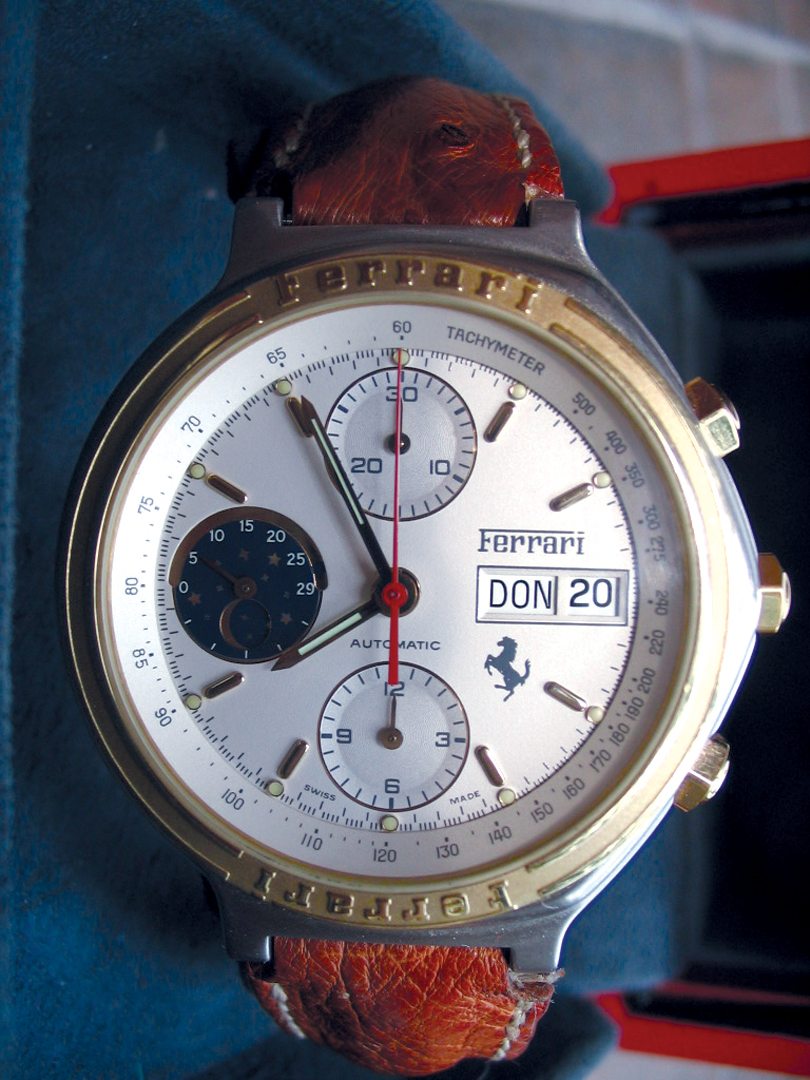
Morry Barmak
COLLECTOR STUDIO – Motorsport Gallery
136 Yorkville Ave.
Toronto, ON, M5R1C2, Canada
tel/fax: 416-975-5442


